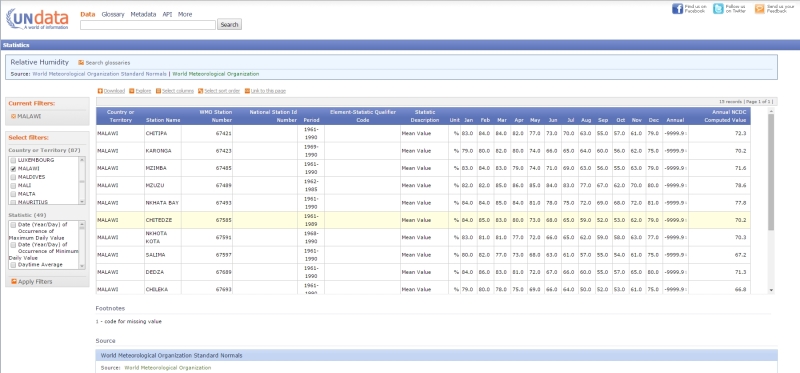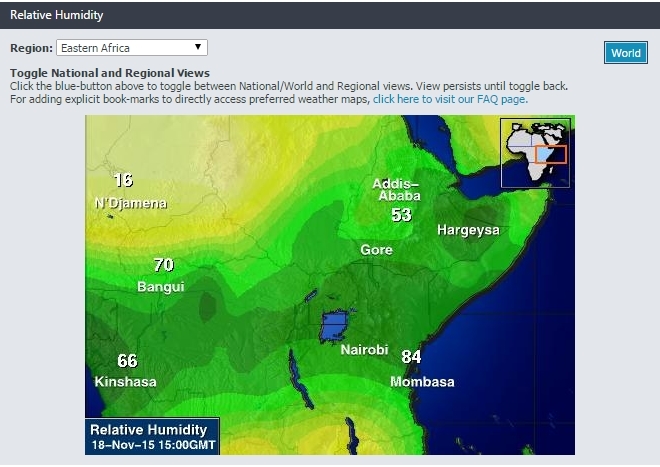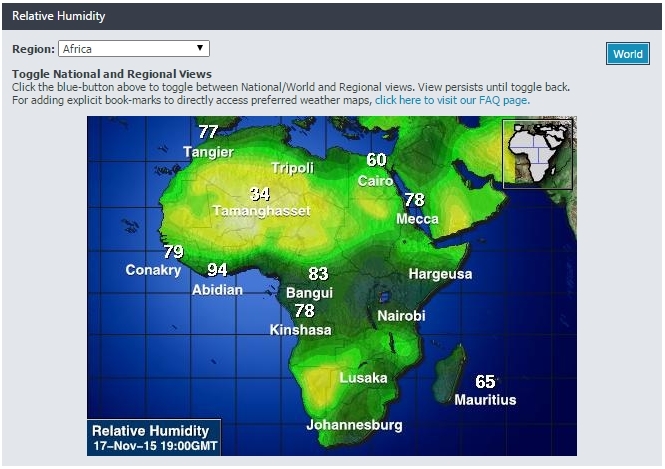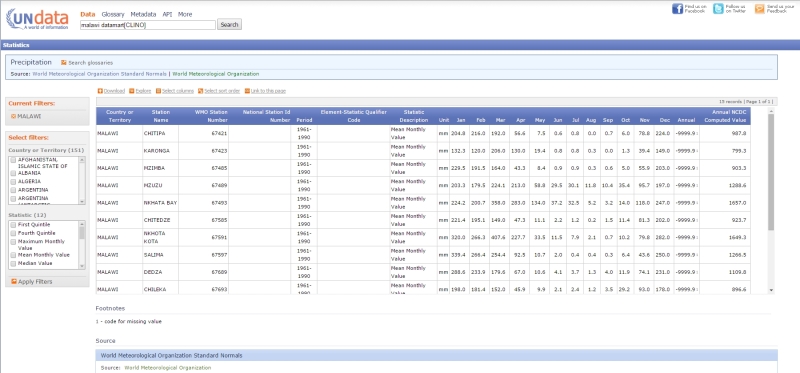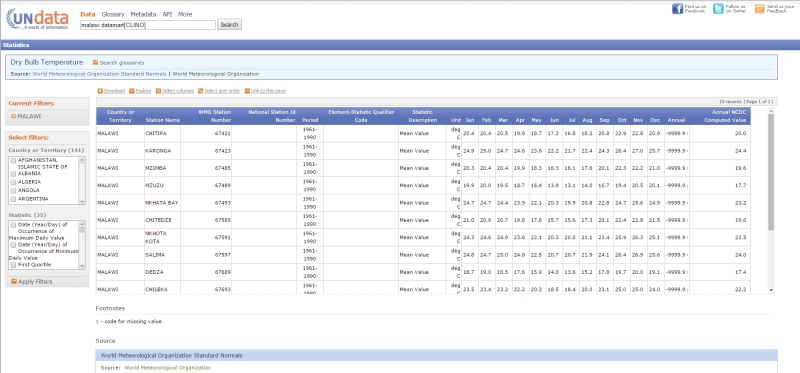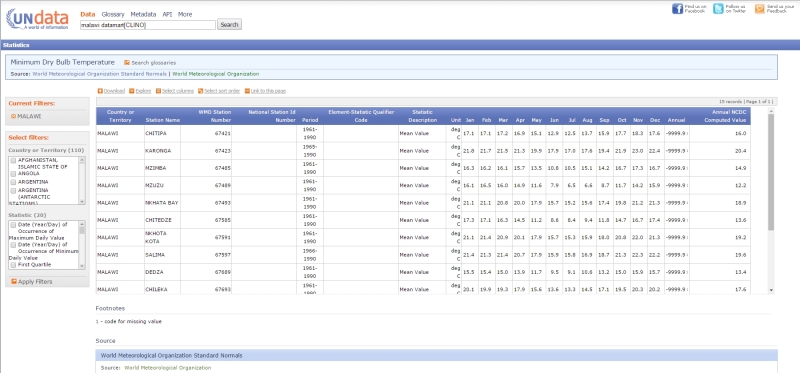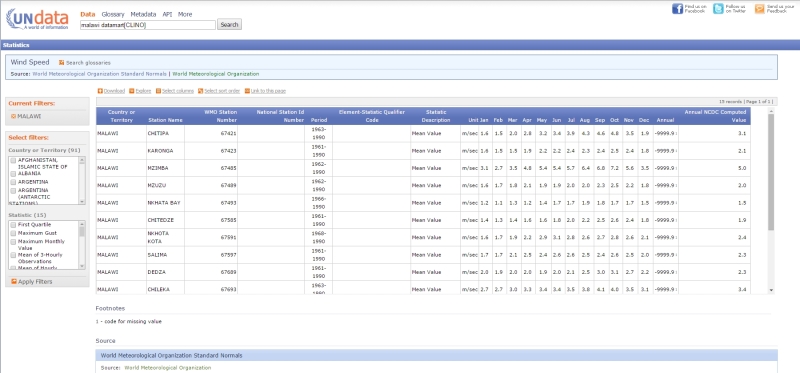Terratek
Geotechnical
- Oct 17, 2014
- 269
I'm helping someone with a feasibility study for a hydro-electric project in east Africa. We need to size a reservoir and dam. I have flow rates for the river we will dam and I think I can get rainfall data easy enough to calculate watershed flow rates. The piece I'm missing is evaporation. It appears the Penman method is a popular choice for estimating evaporation. Is there a more simple, relatively reliable method to estimate evaporation from a water surface?

